Have you ever thought to yourself: I wonder what this toaster’s personality would be if it had one? Well, Rob and Robin may have. And then they probably would create an illustration of that toaster before turning it into a 3D sculpture.
The artist duo aims to find human characteristics in everyday objects, and then transform those objects to bring those human elements to life.
Hailing from the Netherlands, Rob and Robin are artists, friends, and business partners with a very unique style. Their work has a recurring theme of bringing objects to life through the use of 3D programs paired with their illustration and animation process.
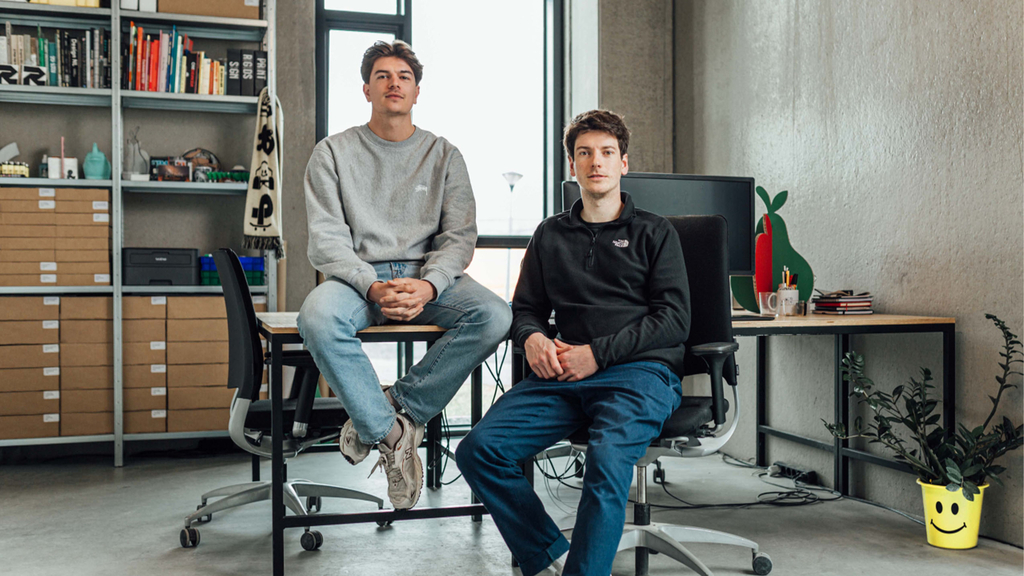
“Learning new techniques gives you the opportunity to stretch your style, challenge yourself, and surprise yourself,” says Rob and Robin. (They conducted a recent interview with Playboy via email and answered as a duo, so all quotes are attributed to both of them.) The artists pride themselves on thinking outside of the box—or maybe even making the box itself animate.
Rob and Robin are currently working on scaling their desktop sculptures to a larger size. They are also in the process of slowly printing all of their illustrations in 3D to offer a whole new perspective on their portfolio.
Where They Started
How did your passion for art ignite?
Rob and Robin: Phew. At that time, we both had an interest in design, but for different reasons. Rob got into it by making flyers for local skate competitions back in the day, while Robin, after his football career fizzled out, took a gap year and started painting. At some (un)conscious point, you decide to do something with it, and that’s how we crossed paths at art school—even though we already knew each other from stocking shelves at the same supermarket in our small town.
After art school and spending some time working on our craft, we started developing a greater interest in coming up with clever and fun concepts. We’re both drawn to ideas that make us think, “shit… we wish we’d come up with that ourselves,” rather than just focusing on the aesthetic side. It’s both challenging and enjoyable to piece together a good idea for a specific question or topic, especially when doing it together. Ping-ponging ideas back and forth is a fun sport.
Did you study art in school?
Rob and Robin: We both graduated from the art academy in Breda with a degree in Graphic Design. Now, we work on illustrations and animations, but our work still reflects elements of our study. Clean lines, minimal decorations, and clear communication are evident in our work. After graduating, we set up our studio—with a surprising name (sarcasm): Rob and Robin. Eventually, we found that through illustration, we could best tell a story and add humor, as letters are often too serious. So we have strayed a bit from our path, but it is precisely then that you sometimes end up in the best places.
Developing Their Style
How did you develop your personal artistic style?
Rob and Robin: This comes from a bunch of things, like our personal taste. We love when a picture can be understood by a lot of people with simplicity and a clever concept within its limits. In our practice, we often got to a point where we thought, “ah, we can’t do this,” and then we then thought of different ways that eventually led to a style element.
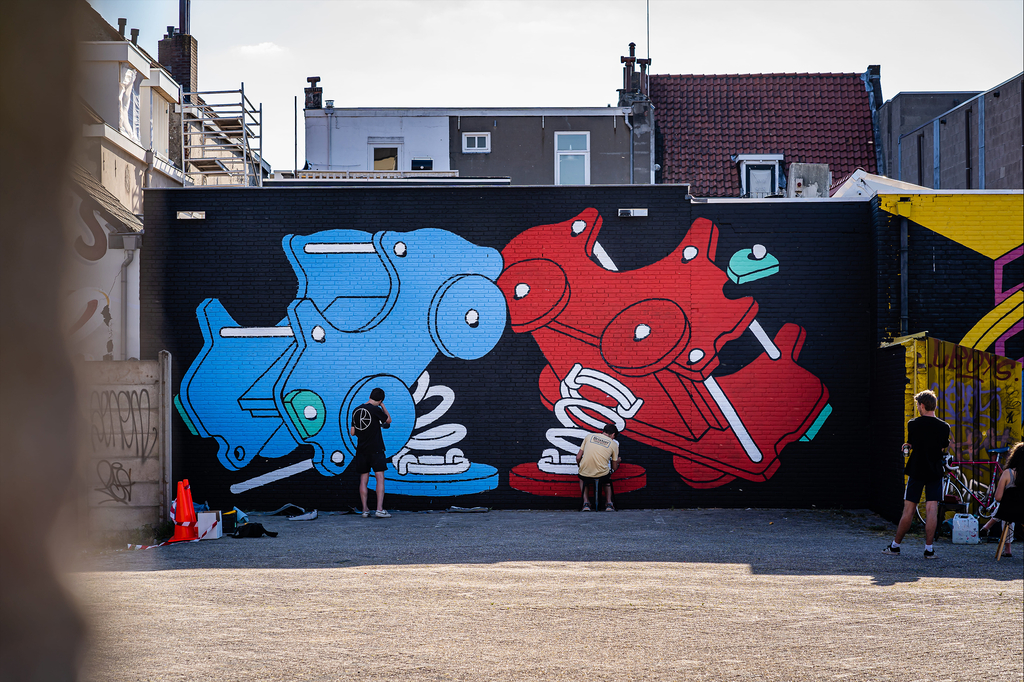
For example, drawing faces is so defining for a style— the type of eyes or nose. That’s why we tried to change the drawing so that the face was hidden behind something. After doing this three times, we saw a nice pattern emerge with a visual characteristic. This eventually developed in a way that we realized that we don’t necessarily need a human figure, and that we can also let this feeling be present in a different way, like within an object, to create a human feeling.
Learning new techniques gives you the opportunity to stretch your style, challenge yourself, and surprise yourself. Besides commercial work, we try to take the time to learn ourselves a new technique now and then and use it in our illustrations; 3D software, coding, or sculpting.
Their First Piece
What was the first piece of art that you created?
Rob and Robin: One of Rob’s earliest creations was a graffiti piece entitled “AUGURK” (pickle) on the skate ramp in our little village, and then he got nabbed by the local sheriff. As penance, he had to set up a skate competition, and guess what? He emerged as the winner.
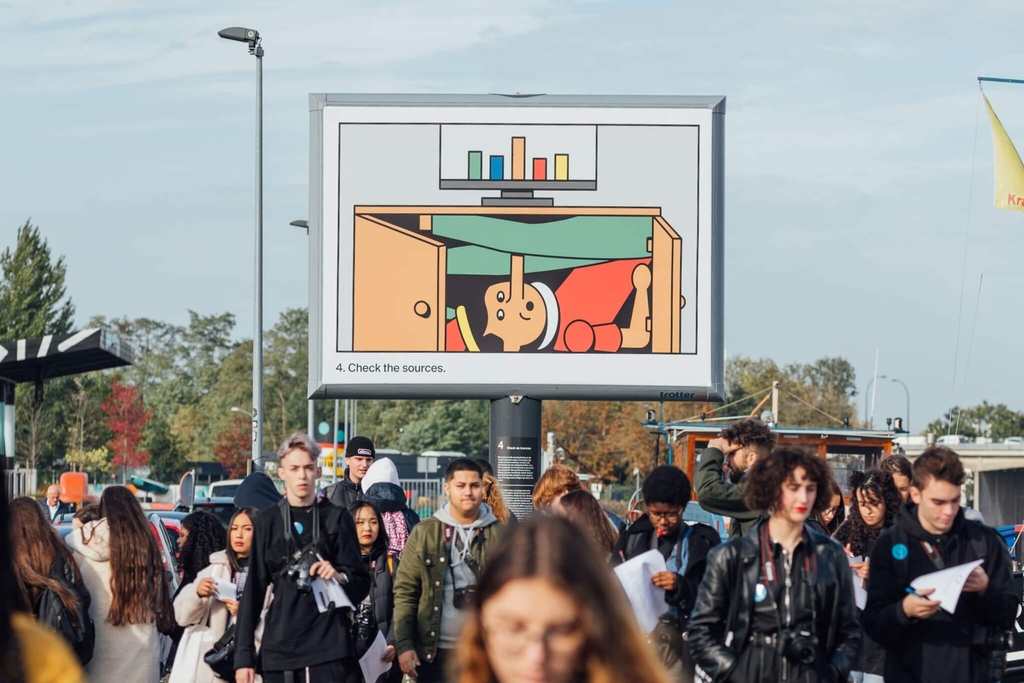
After graduating, it’s pretty tough to find those first projects where you can really express your own ideas. Aside from designing logos for car garages, menus for restaurants, and posters for the local bingo night, we were lucky that our local skate shop gave us the freedom to cultivate our own way of thinking.
We discovered that nowadays you can create local work as simple as a sticker for a skate shop that can be seen worldwide via IG. By putting in a bit of extra effort—like animating the design—we were able to use it as a way to showcase our capabilities. It became a perfect playground for us to explore and highlight our skills.
Their Process
What medium do you use the most in your work?
Rob and Robin: We started using 3D software as a shortcut for illustrations. Drawing realistically was tough, and we needed accuracy—so we downloaded a 3D object, placed it in the angle we wanted, took a screenshot, and traced over it. Then we discovered the software potential—bending objects, playing with gravity, wind, fabric behavior, and experimenting with small elements.
It’s unpredictable, which leads to surprising outcomes. When we start pulling on sliders and parameters, we never know what it will look like, and sometimes new concepts emerge while playing. You see something and start associating with it like: “hey, it looks like a dance move” or “hey, it looks like running,” and a concept is born. An idea arises by being busy messing around with software, sketches, topics, objects… staring into the distance and something suddenly comes to mind is too romantic.
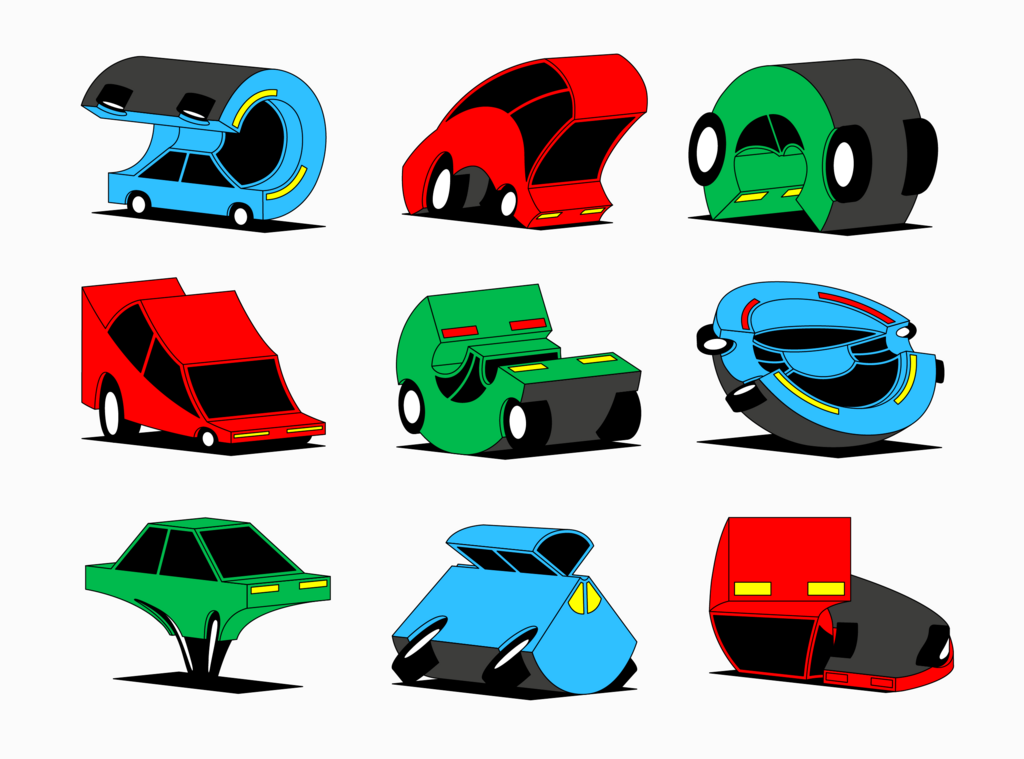
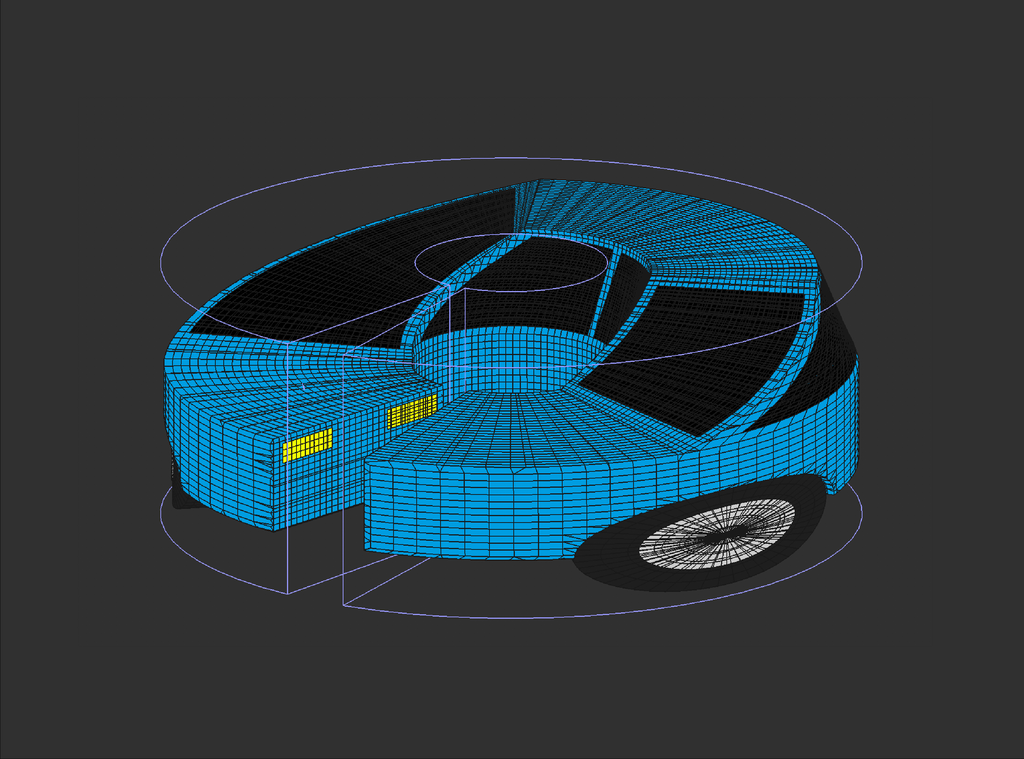
How long does it typically take you to finish a new piece and what is the hardest part of creating something fresh?
Rob and Robin: This varies when we work for the newspaper, where deadlines can sometimes stretch to 24 hours. Because we both work on a drawing, we can churn out a lot of concepts in a short time. On the flip side, our independent projects take longer; there’s no art director breathing down our necks asking where the illustration is. Plus, the visual challenge can be vague or shift from week to week. We’re also quite critical of ourselves—perfectionism can slow us down, but that’s okay, we have the time. We’re still young, after all.
When it comes to developing an illustration, the most challenging part is following the rules we’ve set for ourselves. It must meet certain criteria before we consider it finished. This is both a blessing and a curse. It provides direction but also flirts with a fanatical form of perfectionism. We ask ourselves if the concept is original, if the illustration has the right balance of detail and perspective, and whether it resembles something else we’ve created. Answering all these questions can sometimes be a bit tricky! But, it does help create a cohesive connection between our works.
Their Inspiration
What do you pull inspiration from when creating a new piece of art?
Rob and Robin: Clichés, icons, symbols, and graphic elements. Because we want our illustrations to communicate clearly, we aim to find images that are already familiar to a broad audience. Clichés often sound negative at first, but cliché shapes or objects related to a subject are not always bad as a starting point. Plus, it’s fun to play with them. Symbols often come with a strong communicative element, like an arrow, a dollar sign, or a check mark. A small tweak can quickly convey a story. So, we’re not really looking for ‘beautiful’ design but rather exploring what you might take for granted.
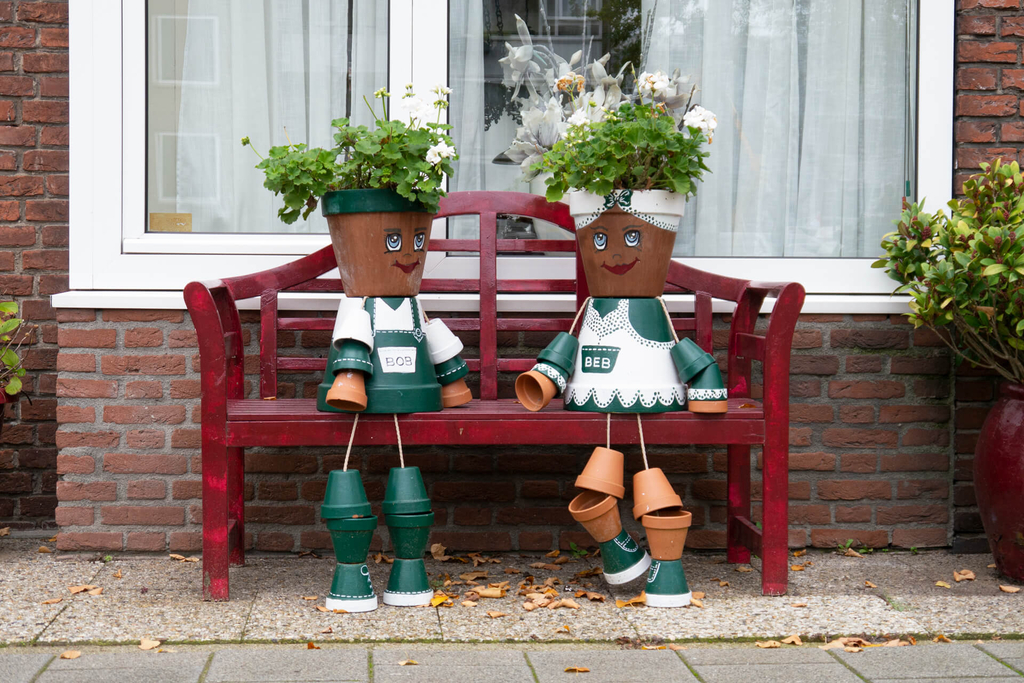
Who inspires your work and what other artists do you emulate?
Rob and Robin: What Rob and I send each other the most is work made by non-artists—everyday situations that have a touch of absurdism, but isn’t made up. This a pure form that’s usually derived from either a street setting or in other public spaces. For example, a snack bar owner who created his own logo with a creative slant that we could never have come up with ourselves. Or, someone who decorated his front yard with pots that make up a character. We have a whole archive filled with photos of designs that we have encountered on the street. We’re like walking around with a heightened sense of awareness—always on the lookout for this kind of art in public spaces.
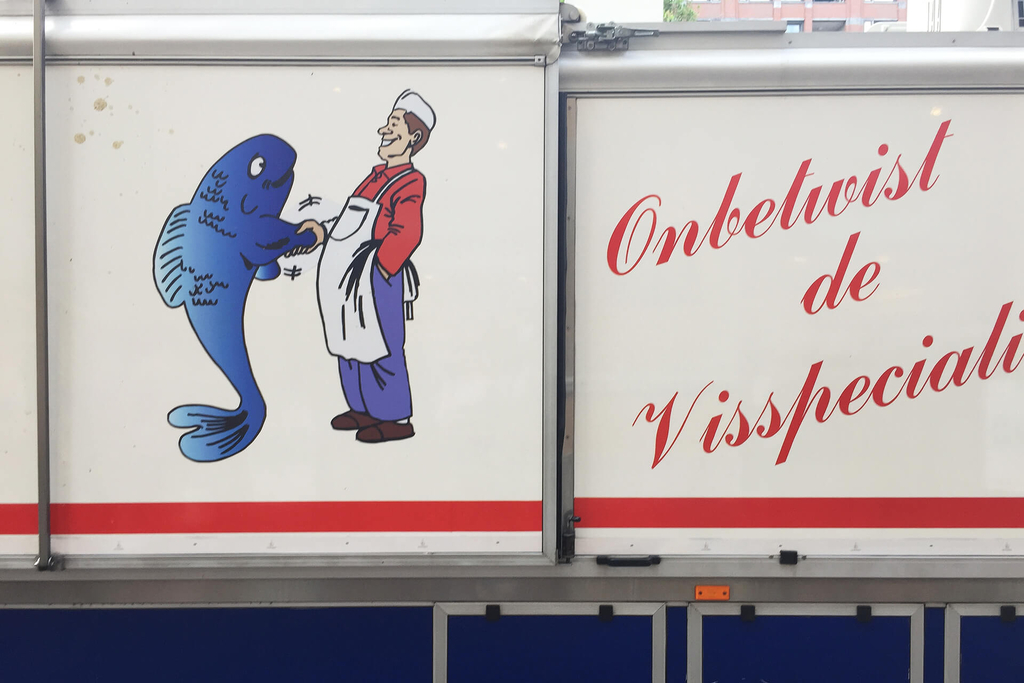
Looking Ahead
Do you have any exhibitions in the pipeline?
Rob and Robin: Since each drawing is made in a 3D program, there is also a digital 3D file of each drawing. We are slowly printing our illustrations in 3D, which gives a whole new perspective to our entire portfolio. We now looking for the right work, time and place. A bit of patience is also essential—something we both lack, but it’s incredibly handy when making sculptures where each layer of paint needs to dry before the next one goes on.
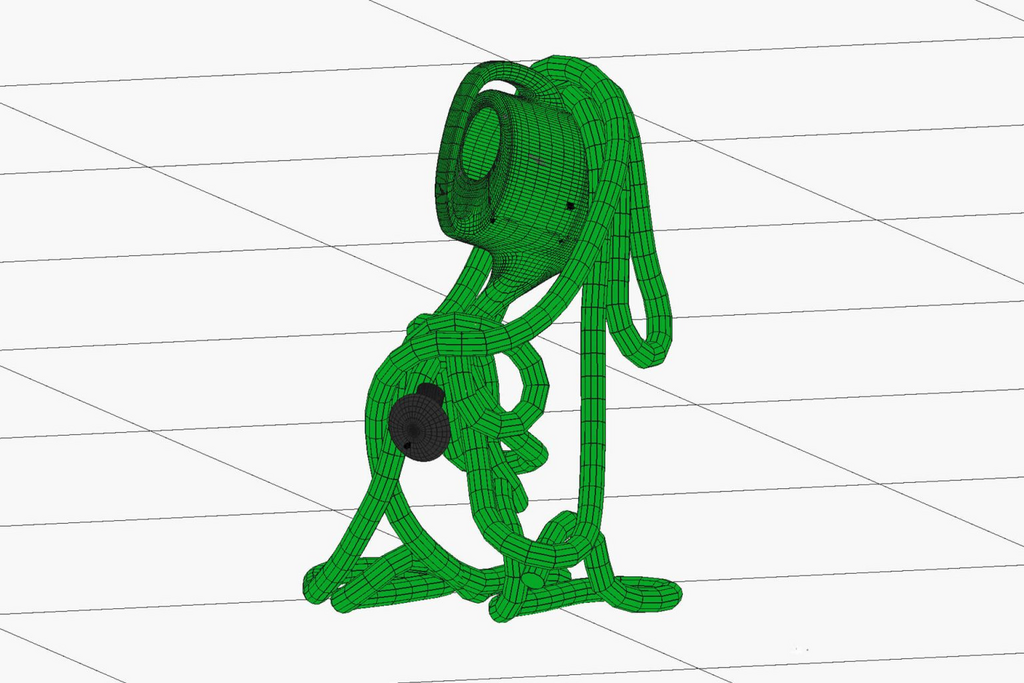
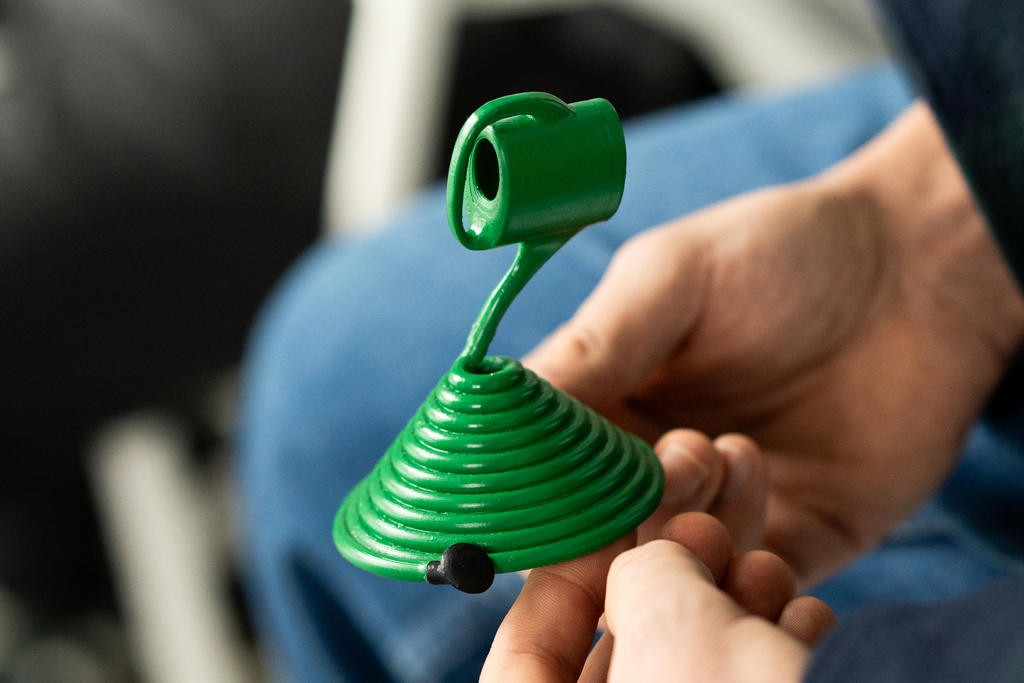
What is the next big piece that you are working on?
Rob and Robin: Every six months, we pick a theme to challenge ourselves to learn something new. The biggest challenge now is to scale up our desktop sculptures to a larger size. This is what we are currently exploring. Finding the right people for the right knowledge and materials.
In addition, the weekly routine of newspapers and magazines continues as usual.
What piece of art are you the most proud of?
Rob and Robin: We’ve worked with some cool brands and newspapers, but our ceramic column is something we’re especially proud of. The concept is simple, yet that’s what makes it special. A little twist gives the piece a human touch and a whole new meaning, which is a common theme in our work. Plus, there have been plenty of learning moments along the way. For example, we used Instagram to express our desire to create a sculpture, and through that, someone reached out to help us bring our vision to life. Finding the right partner in Jaalo, producing 100 pieces, and finally holding the first physical copy in our hands has been an incredible adventure!
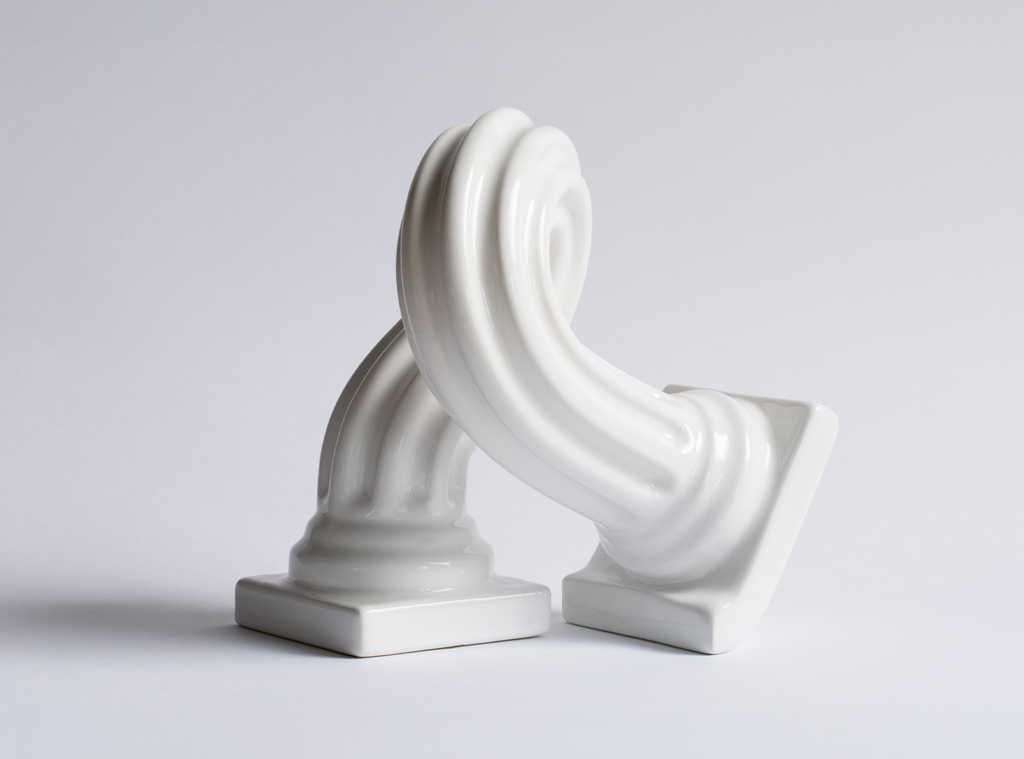
Interested in artists? Check out these two: Artist Emma Stern Explores The Rabbit Hole or Fall Into the Strange, Sensuous World of Artist Nicolas Tolmachev